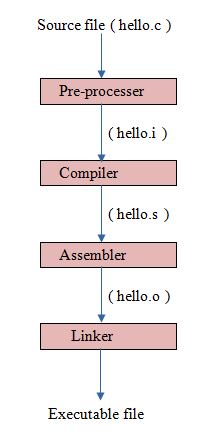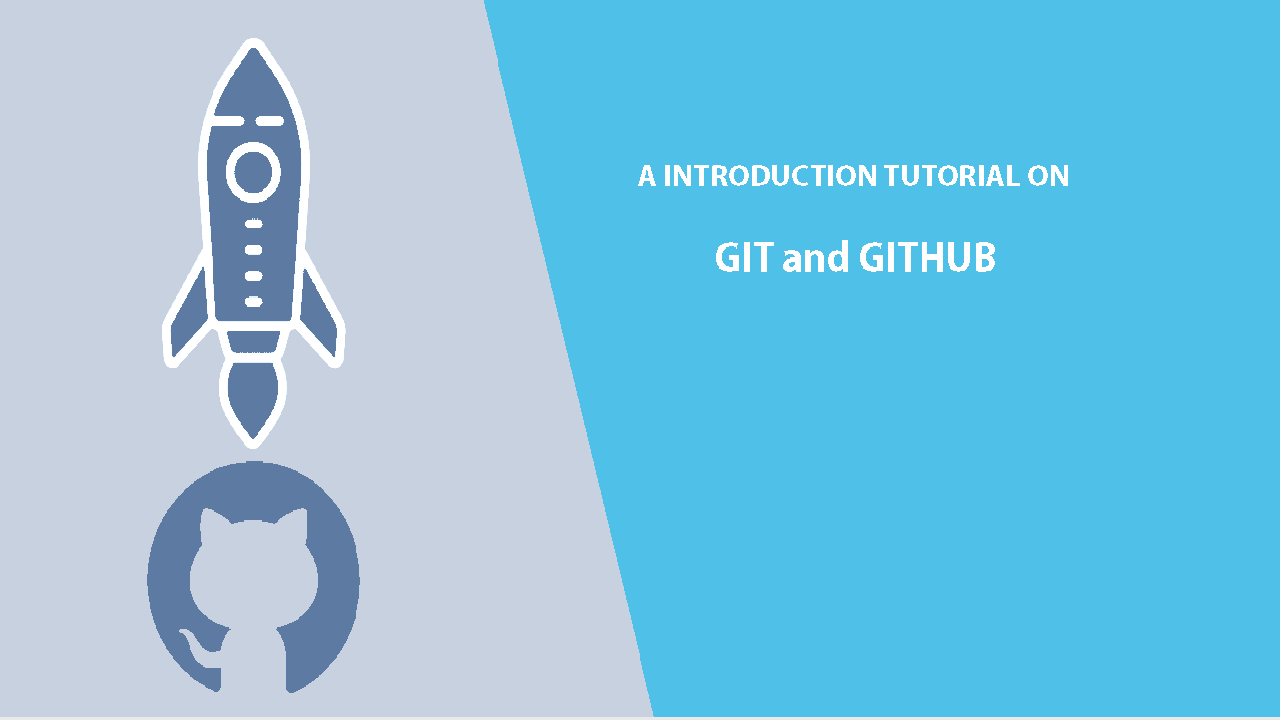Learn Embedded Systems from Beginner level to Expert level
In this tutorial, You would learn the basic concepts of Embedded Systems and provides information about Embedded System design and development.
Embedded System is a combination of microprocessor, memory, input/output circuit, and other peripheral devices that are designed to perform a specific task. In modern-day embedded devices perform very complex and multitasking. Many Embedded devices used the Linux kernel.
Our Embedded System tutorial discusses topics like Embedded C programming, basics of C programming, Linux Internals, Linux Device Driver, etc ...
Libraries are the pre-compiled binary that can use with any program. Generally, libraries are shipped or distribute to others and they can develop their application with help of these libraries.
mostly any proprietory code shipped in form of libraries to others.
Linux filesystem provides various high-level directory structures and all these directories used for a specific purpose. In the Linux filesystem hierarchy, the topmost directory is the Root partition and it is denoted by the " / ".

In this tutorial, we will learn the compilation process of the c program in detail and understand the intermediate files generated during the compilation process.
Understanding about the Compilation?
Converting the high-level language source file into a low-level machine-readable format is called compilation. It checked the syntax and structural error of the source file and generate the object code.
What is Git and GitHub: A Complete Guide With GIT Commands

Git is an open-source tool used to manage the version control system. It was developed by Linus Torvalds in 2005.
Github provides a web-based graphical interface to create the remote repository for the version control system.